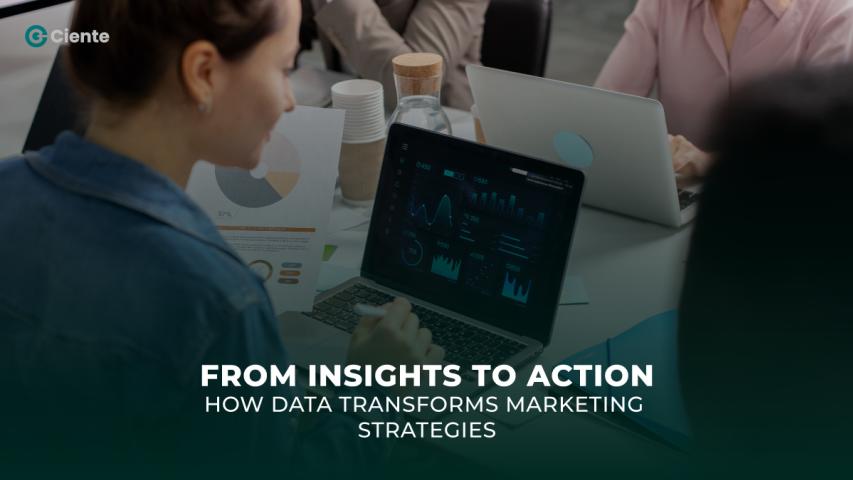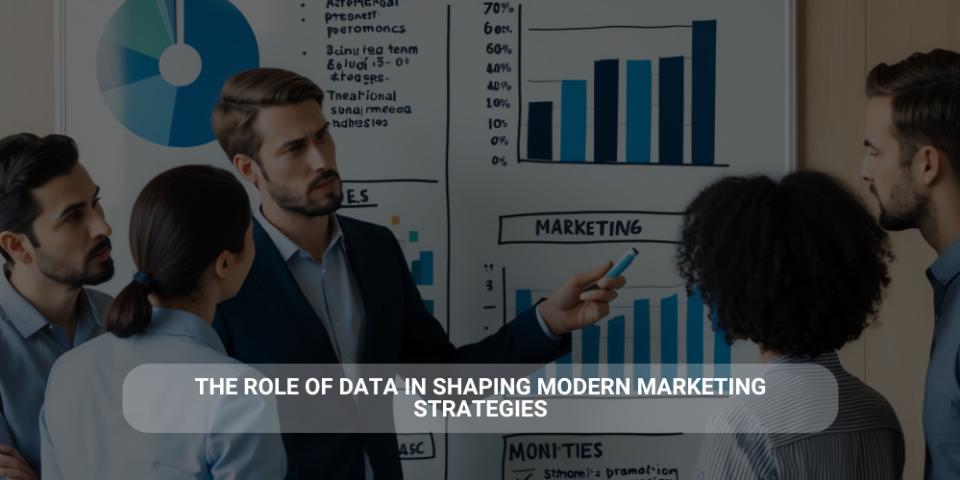In today's data-driven world, the ability to interpret and present data effectively is crucial for making informed decisions. Data visualization is the bridge between complex data and actionable insights, transforming raw numbers into a visual narrative that tells a compelling story. By leveraging data visualization services, businesses can harness the power of their data, making it more accessible and understandable for a wide audience. This article explores the art of storytelling with data and how to leverage data visualization services to achieve this.
Understanding Data Visualization
Data visualization is the graphical representation of information and data. By using visual elements like charts, graphs, and maps, data visualization tools provide an accessible way to see and understand trends, outliers, and patterns in data. These visualizations make it easier for stakeholders to grasp complex data sets and derive meaningful insights.
The Importance of Storytelling in Data Visualization
Storytelling is a powerful tool that can transform data from mere numbers into a narrative that engages and informs. A well-crafted data story can help convey the significance of data, making it easier for the audience to understand the context and draw conclusions. Here are a few reasons why storytelling is essential in data visualization:
Engagement: Stories captivate the audience's attention, making them more likely to remember the information presented.
Clarity: A narrative helps to simplify complex data, making it more accessible to a non-technical audience.
Persuasion: By presenting data in a compelling story, you can influence decision-makers and drive action.
Leveraging Data Visualization Services
To effectively tell a story with data, businesses can leverage various data visualization services. These services offer a range of tools and expertise to transform raw data into insightful visual narratives. Here’s how to make the most of these services:
1. Choose the Right Visualization Tools
The first step in leveraging data visualization services is selecting the right tools. Various software and platforms, such as Tableau, Power BI, and D3.js, offer different features and capabilities. The choice of tool depends on the specific needs of the project, such as the complexity of the data, the level of interactivity required, and the technical proficiency of the users.
2. Understand Your Audience
Knowing your audience is crucial for effective data storytelling. The visualization should be tailored to the audience's level of understanding and their specific needs. For instance, a technical audience might appreciate detailed graphs and statistical charts, while a business audience might prefer high-level dashboards with key performance indicators (KPIs).
3. Focus on Key Insights
Not all data points are equally important. Focus on the key insights that drive the narrative forward. Highlight trends, anomalies, and significant patterns that are relevant to the story you want to tell. This approach helps to keep the audience engaged and avoids overwhelming them with too much information.
4. Use Visual Elements Effectively
The choice of visual elements can make or break a data story. Use colors, shapes, and sizes strategically to emphasize important data points. Ensure that the visual elements are not only aesthetically pleasing but also functional in conveying the message. Consistency in design and clarity in presentation are paramount.
5. Incorporate Interactivity
Interactive visualizations can enhance the storytelling experience by allowing the audience to explore the data themselves. Features such as filters, drill-downs, and hover effects can provide additional layers of information and enable users to engage with the data more deeply.
6. Validate and Iterate
Before presenting the final visualization, validate the data to ensure accuracy. Gather feedback from a small group of stakeholders and iterate based on their input. This step helps to refine the narrative and ensure that it effectively communicates the intended message.
Conclusion
The art of storytelling with data is a powerful way to communicate complex information and drive informed decision-making. By leveraging data visualization services, businesses can transform their data into compelling visual narratives that engage, inform, and persuade their audience. From choosing the right tools to focusing on key insights and incorporating interactivity, each step in the process contributes to creating effective and impactful data stories.
FAQs
1. What is the role of data visualization in business?
Data visualization helps businesses to understand complex data sets, identify trends and patterns, and make data-driven decisions. It transforms raw data into visual formats that are easier to interpret and communicate.
2. How can storytelling enhance data visualization?
Storytelling adds context and narrative to data visualization, making it more engaging and easier to understand. It helps to highlight key insights and persuade the audience by presenting data in a compelling way.
3. What are some popular data visualization tools?
Popular data visualization tools include Tableau, Power BI, D3.js, and Google Data Studio. Each tool offers different features and capabilities, catering to various needs and levels of technical expertise.







